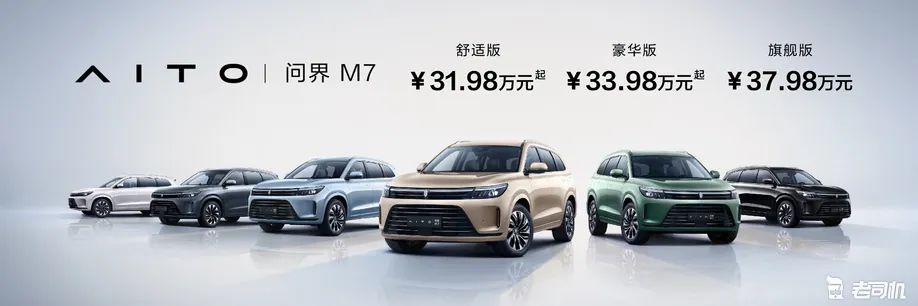[World on the wheels] Fans' dream place -The Transportation Center of the Deutsche Museum
Author:Beijing Automobile Museum Time:2022.08.13
In the last standing in Nurbo Green, we experienced the crazy and thrilling of the F1 car, and walked out of Nurpger. We came to Munich this stop. As a center of science and technology, culture, and art, there are many seductive places in Munich, especially for car enthusiasts, you must go to the German Museum Transportation Center.
Starting from MarienPlatz, known as the Munich's "City Living Room", passed through the old town, walked for two kilometers west after the Sendlinger Tor, and arrived at the Trycia lawn. (TheResienwiese) The German Museum Transportation Center on one side.

Main entrance of transportation center
Entering the transportation center, all kinds of means of transportation come into view. Here consisting of three huge exhibition halls, each exhibition hall has different focus: urban transportation, travel, and mobile and technology. According to the development of human transportation history, from the bulky carriage to the light bicycles, and then to the current flying motorcycles, cars, and trains, the scenes are in front of the scenes. The helicopter hanging on the roof, the stepped train car, and the truck of the driver's driving seat are very attractive to visitors.

Transportation Center Exhibition Hall (1)

Transportation Center Exhibition Hall (2)
Although Germany is known as a car country, in Munich, people may not need to drive at all. On the one hand, the Germans' love for bicycles, on the other hand, the city's public transportation system is as fast and efficient as most of Germany.

Transportation Center Exhibition Hall (3)
The rise of the European Industrial Revolution has made people want to explore the world at a faster speed. People began to study faster and more independent transportation. Bicycles are a great innovation after the carriage. In the 1860s, the carriage manufacturer Pierre Michaux successfully developed the two -wheel wheels into a large -scale production bicycle. The "VéLocipède" (Note: French. Early two -wheeled or three -wheeled bicycles) were the first bicycle bicycles. Due to environmental protection and convenience, there are still many people riding a bicycle on the streets of Munich.

Vélocipèdes bicycle (1871)

Schrer (Scherer) two -wheeled workshop workshop
Since 1880, the rise of public transportation is considered to be the greatest revolution in the history of modern urban development. In the 1950s, because the capacity of ground traffic was overloaded, the Munich City Council discussed plans to transfer several tram lines to underground operations. However, in 1964, the plan changed, and they decided to build a real underground track, today's Munich UNTERGRUNDBAHN electric fast track traffic system. At the end of the exhibition hall, a cockpit of Munich Metro Line 3, which seemed to have just driven out of the tunnel, was the first subway in Munich. It was delivered in 1967 and stopped running in 1995.

Munich Metro Line 3 cockpit

Inside the Munich subway car
In addition, the No. 3 exhibition hall also has a rare product that cannot be missed: the first car in the world -Mercedes -Benz No. 1. German engineer Carl Benz (1844-1929) is a bicycle enthusiast. He uses the bicycle components obtained from the famous Adler bicycle manufacturer in the process of making a tricycle. On January 29, 1886, Karl Benz applied to the patent of "gas engine car" from the Mansheim Patent Office in Germany, and since then people call this day the "car birthday".

Mercedes -Benz No. 1 (1886)
At first, Mercedes -Benz No. 1 did not attract the attention of the contemporaries. In 1888, Bertha Benz and her two sons drove Mercedes -Benz 1 to start their first "long -distance travel", from Mannheim to Pjulzheim ), This has undoubtedly become an advertising journey. In the 1890s, Mercedes -Benz has achieved great success in France, and has become the "trend leader" in the European automobile industry through marketing.

Carl Benz drove Mercedes -Benz No. 1 in Munich (Photo 1925)
Of course, no matter what type of transportation, safety is always the first. There is a real collision test car in the exhibition hall, showing the active safety and passive safety system of the car -such as a solid body, a collision buffer and a seat belt, and how to prevent safety accidents and reduce the consequences. In the "Save Life" interactive experience area, visitors can also learn to perform first aid in emergency situations.

Collision test vehicle
After the visit, when the world of transportation, there was a huge snail sculpture standing in front of the square. This scene was laughing. The slowness of snails has not been human pursuit of speed from ancient times to the present, but it has been explored in the movement throughout its life. Just as in the long river of development of human transportation, the inventors have experienced unremitting efforts to create one miracle after another. In the next issue, we continue to discover!

Sweet Brown Snail outside the transportation center
Written article/Zheng Yan
Pictures from the Internet
Reference materials:
1.https://www.deutsches-museum.de/en/verkehrszentrum2.https: //www.deta them
3. Https://www.atlasobscura.com/places/sweet-brown-snails: ~: text = Perhaps%20best%20Example%20this%20IS%20A, Tourist%20NOW%20NOWERING%20AT%20Four%20Meters%20HIGH
- END -
Nearly 2,000 units were sold in the morning!On the first day of the Harbin Public Welfare Auto Show, the "hit" car purchase subsidy on the first day, driving the car purchase consumption of 349 million yuan

The trunk space must be large, which is convenient to install camping facilities, ...
Yu Chengdong: Million is the most comfortable!"Huawei car building" asks about the M7?

On July 4, at the launch of the new flagship product of Huawei Summer, the AITO as...